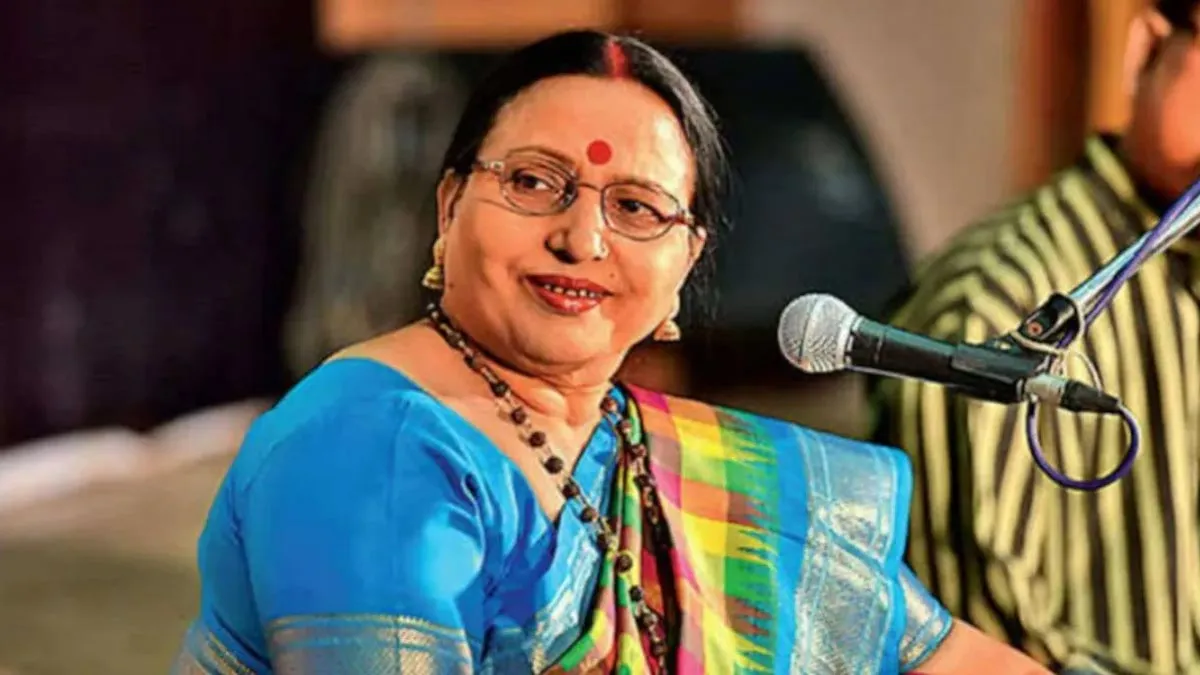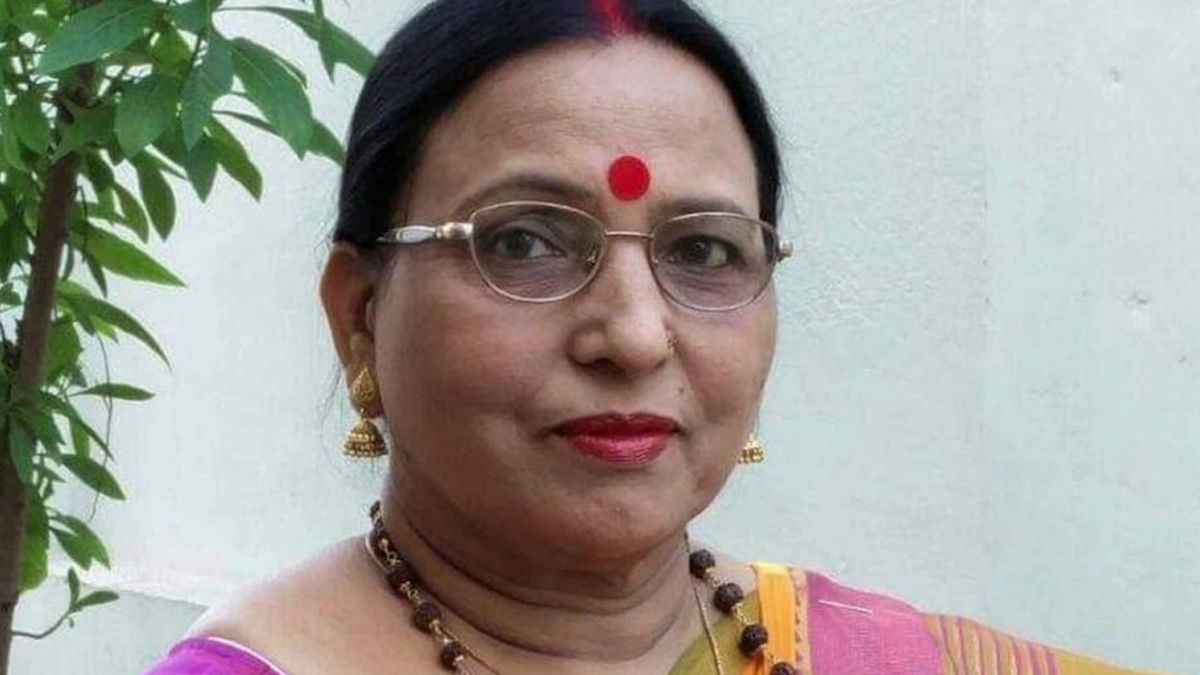
Sharda Sinha, celebrated as the "nightingale of Bihar" and one of India's most beloved folk singers, passed away on Tuesday evening at the age of 72. Known for her captivating voice and contribution to traditional Indian music, Sinha succumbed to a prolonged battle with cancer. Her demise took place at Delhi's prestigious All India Institute of Medical Sciences (AIIMS), where she had been receiving specialised cancer treatment since October 25. The singer’s journey to preserve Bihar’s folk music will forever remain etched in the hearts of her admirers.
Table of Content:-
A Battle with Multiple Myeloma
Sinha had been battling multiple myeloma since 2017, a rare and challenging type of blood cancer affecting the bone marrow. This cancer impairs the body's immune response by attacking plasma cells responsible for producing antibodies. Despite her resilience and ongoing treatment, her health took a critical turn in recent weeks. She spent her final days under intensive care at AIIMS, where medical experts fought to manage her condition. Unfortunately, complications arose when septicemia—an overwhelming infection that spreads throughout the body—led to refractory shock, ultimately claiming her life.

The Complexities of Multiple Myeloma
Multiple myeloma, the disease that claimed Sinha's life, is an aggressive and relatively rare blood cancer that originates in plasma cells. These cells play a critical role in immune defence, producing antibodies that help fight infections. In multiple myeloma, abnormal plasma cells multiply uncontrollably, leading to symptoms that can severely impact the patient's quality of life. While the disease has a substantial impact on immunity, it also commonly leads to issues like bone pain, anaemia, fatigue, and recurrent infections. The late singer’s courage in the face of such a diagnosis exemplified her indomitable spirit.
Also Read: Nita Ambani Reveals Mukesh Ambani’s Strict Diet Rules—Here’s What India’s Business Tycoon Eats
Understanding the Risk Factors
While the exact cause of multiple myeloma remains unknown, scientists have identified several contributing risk factors. The disease is more commonly diagnosed in older adults, particularly those over 65, and is slightly more prevalent in men. Genetics and environmental factors also play a role, with individuals who have a family history of myeloma or those exposed to certain chemicals having a higher risk. Researchers continue to investigate these links in hopes of identifying preventive measures and advancing early detection techniques.
View this post on Instagram
Symptoms to Watch For
Multiple myeloma often manifests with a variety of symptoms, and early detection is crucial for managing the disease effectively. Common warning signs include persistent bone pain, extreme fatigue, recurrent infections, and anaemia. Patients may also experience elevated calcium levels in the blood, leading to symptoms such as nausea, confusion, and kidney complications. Recognising these signs early can make a substantial difference, as prompt medical attention can significantly improve the chances of successful treatment.
Also Read: Virat Kohli Turns 36! Unveiling His Diet Secrets to Peak Fitness and Stamina
A Legacy of Cultural Heritage
Sharda Sinha’s music will be cherished as a bridge to Bihar’s rich folk traditions. Throughout her career, she captivated audiences across the globe with her soulful renditions of regional songs, many of which became cultural anthems. Sinha’s legacy extends beyond music; she was an advocate for traditional art forms and an inspiration to countless aspiring artists. Her dedication to preserving Bihar's musical heritage has left an indelible impact on Indian folk music, and her contributions will continue to resonate with future generations.
An Irreplaceable Loss
The passing of Sharda Sinha is a significant loss not only for Bihar but for Indian music as a whole. As fans mourn the loss of a voice that defined folk music for decades, her legacy endures through the melodies she left behind. Sinha’s life exemplified resilience and devotion, both to her art and to the cultural legacy she represented.
Also watch this video
How we keep this article up to date:
We work with experts and keep a close eye on the latest in health and wellness. Whenever there is a new research or helpful information, we update our articles with accurate and useful advice.
Current Version
